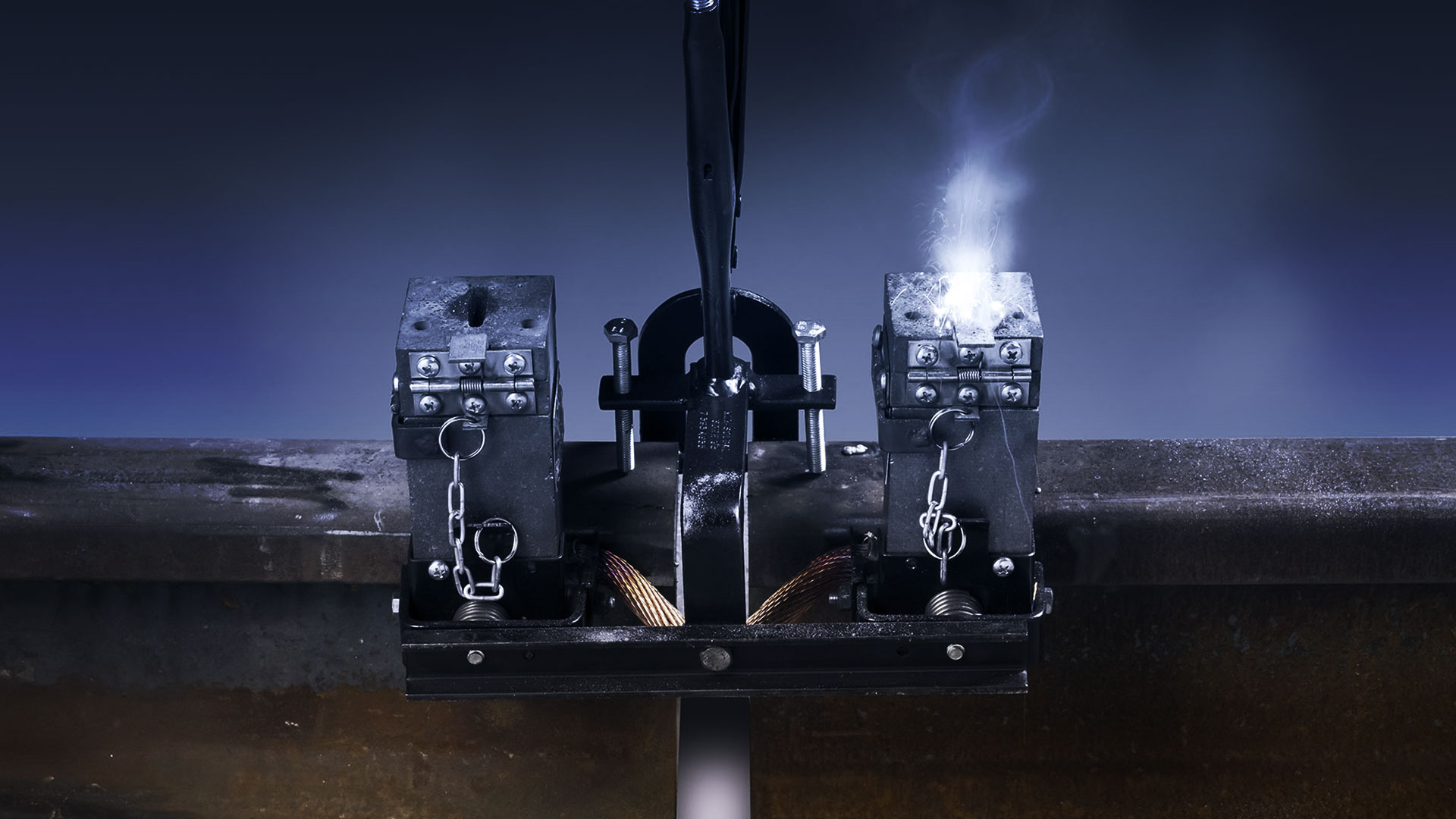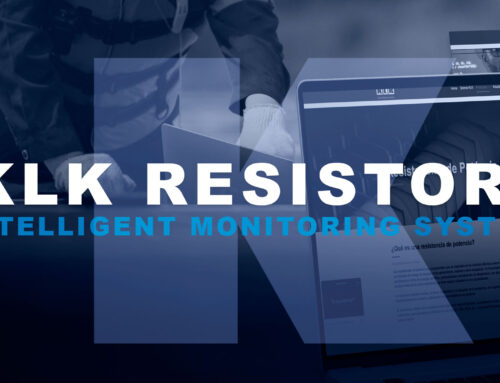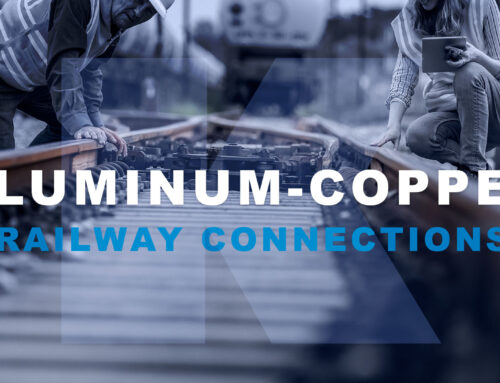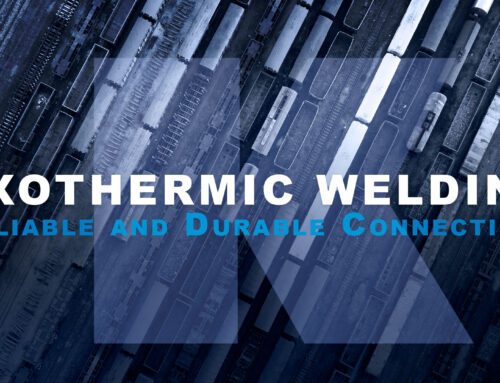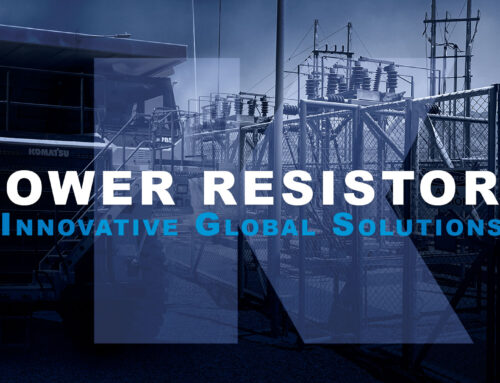The ideal solution for rail connections | by KLK
KLK NEWS
Aluminium welding applications.
What is aluminothermic welding used for in the railway sector? Aluminothermic welding of electrical connections to the rail has three main uses: electrical traction, signalling and earthing. As in the rest of KLK’s lines and products, and even more so in those that apply to the railway sector, the main objective of the connections to the rail made with aluminothermic welding is to guarantee the safety and integrity of the connection, even taking into account the vibrations to which they are habitually subjected with the passage of the train over them and the vibrations of the rail itself.

soldadura ferroviaria | klk weld
Types of aluminothermic rail welding At KLK, we can divide our aluminothermic rail welding according to the place where the welding is carried out, or also according to the type of welding. Let’s look at the two divisions:
1 – Connections according to the place where the welding is carried out:
- At the railhead: These are generally used to connect two mechanically joined track sections. In this case, the flanges guarantee continuity. At KLK we have aluminothermic welding at the rail head approved by SNCF, SNCB and ADIF.
- At the rail core: Welding that is usually used to balance the two rail sections or for current return. At KLK we have different types of welding at this point of the rail, such as CRA-PH, BRA-V and MRLA.
- To the rail skid: On this last point, it is worth highlighting the technological advance of our KIT ELPA product, which we will talk about later, and which is also used by the main players in the railway sector.
2- Connections according to the type of aluminothermic welding:
- Direct welding: This is the aluminothermic welding process where the wire to be welded is welded directly to the rail. The process generates a reaction of around 2500 degrees.
- Indirect welding: In this case, a plate is placed between the rail and the cable to be welded, which means that the process temperature does not exceed 600 degrees. This is very important, as the rail structure is not altered. This is clearly advantageous when welding to the rail skid, as this is one of the most sensitive parts of the rail.
Are there alternatives to aluminothermic welding? Yes, as with aluminothermic welding for earthing, there are mechanical alternatives for making the electrical connection to the rail. However, they present certain risks and problems that are worth knowing about. In a 2006 study conducted by the TTCI in North America, 28 rail operators were analysed, of which 27 used the aluminothermic welding process to connect the cables to the rail. Eight operators also used mechanical connections, of which two reported failures due to connections coming loose over time. In addition, three other operators who had used mechanical connections in the past made the switch to aluminothermic welding connections after experiencing connection material failures.
We can therefore conclude that aluminothermic welding is the ideal procedure for making electrical connections to the rail, due to its ease of use, convenience, safety and optimum results.
KLK Electro materiales slu
Mail | Web | Teléfono | Chatbot | Social Media
Need help?

